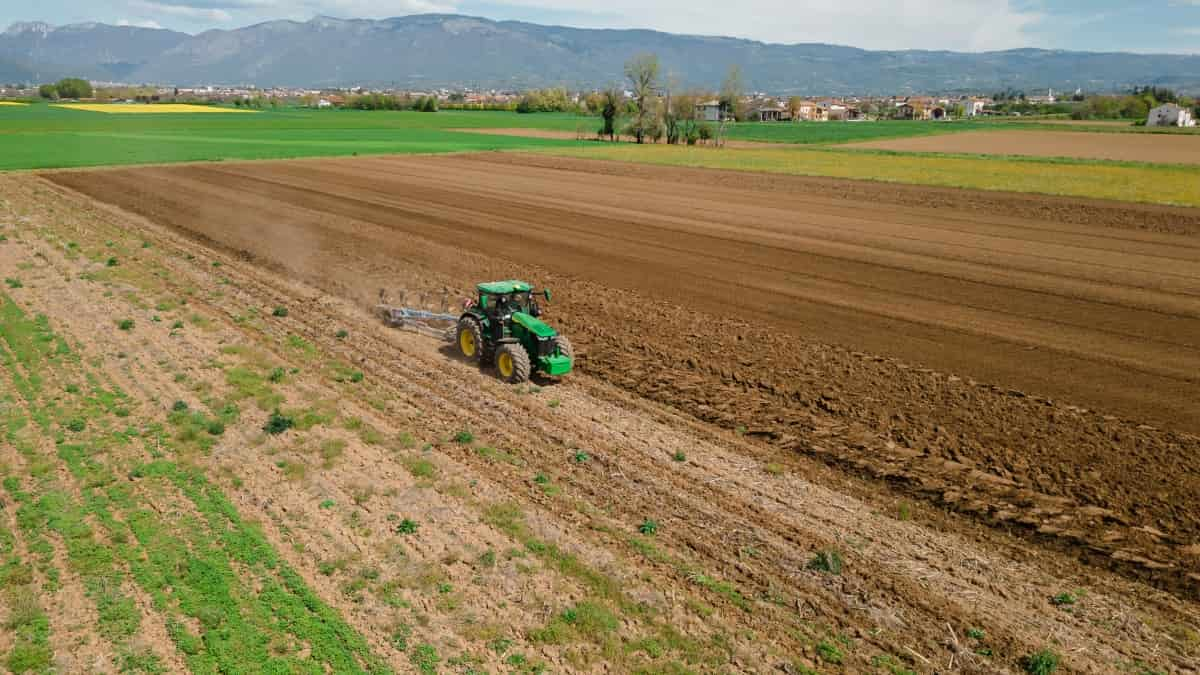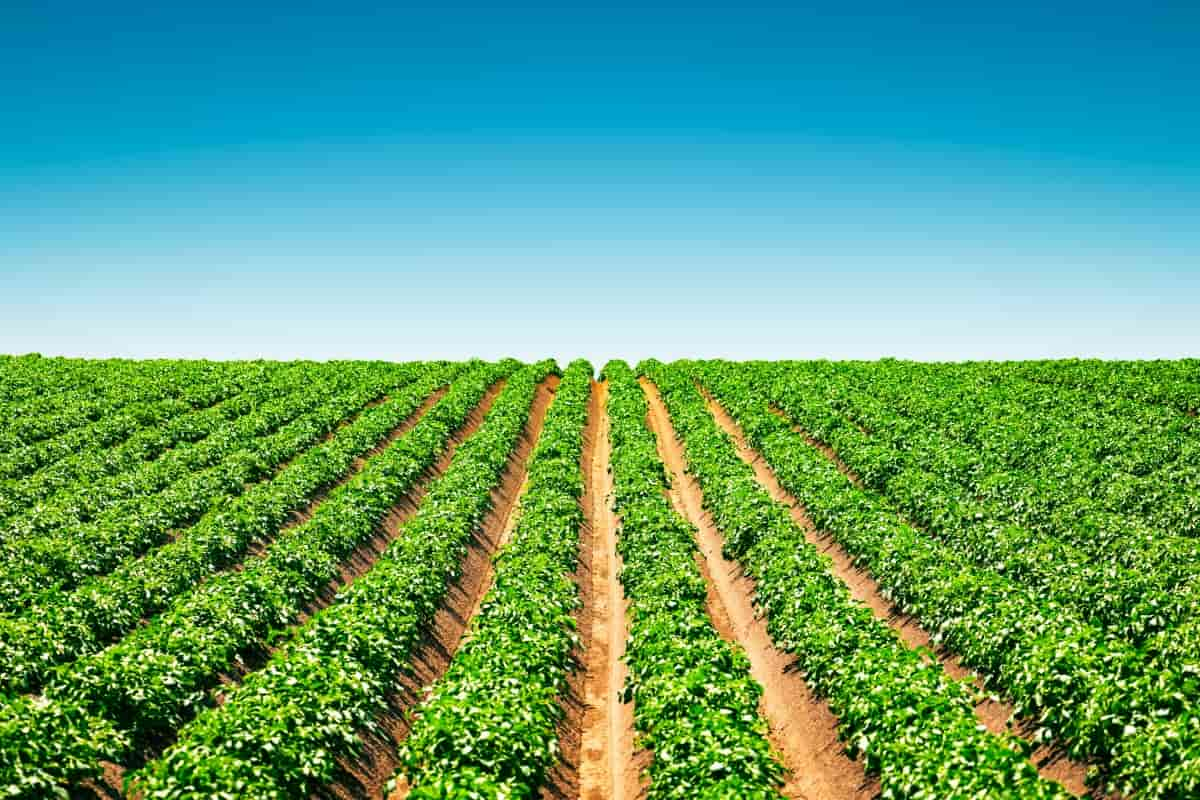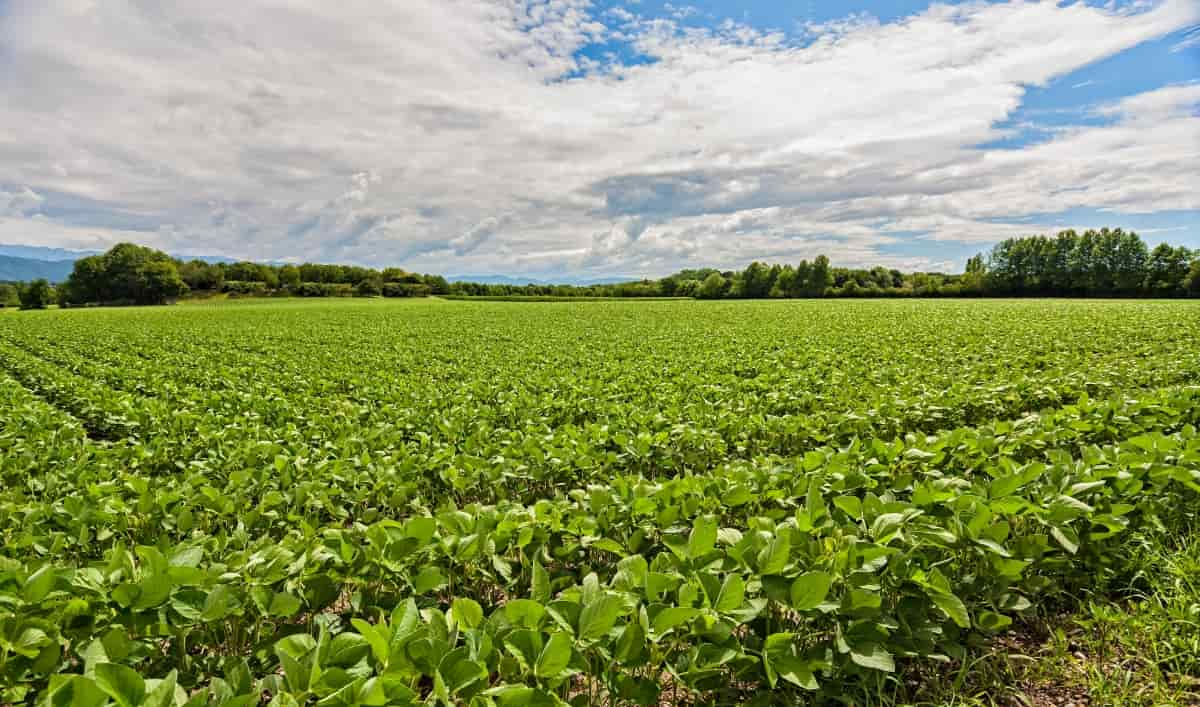Sandy loam soil comprises sand particles that have been weathered by the elements and have a gritty texture. The particles in sandy soil are significantly larger than those in other types of soils, like loamy soils, silty soils, or clay soils, as compared to other types of soils. In desert landscapes, sandy soils are commonly found because they are warm in the sun, retain less moisture than other soil types, and have fewer nutrients.

Best Crops for Sandy Loam Soils
Features of Sandy Loam Soil
- The largest soil particles in sandy soils resemble tiny stones and are the largest. Sandy loam soils are characterized by their coarse texture since they are mostly sand-rich.
- Sandy loam soils are granular in texture. Their texture is not firm and tends to fall apart easily when handled.
- A sandy loam soil is characterized by its reddish-brown color. Their pH levels are lower, and they have a greater alkaline content.
- These soils provide a good amount of aeration by facilitating a good oxygen flow to the soil. Many living organisms in the soil help the plant absorb nutrients from the soil so it can grow and develop. It is due to proper aeration that organisms grow well, contributing to the growth of plants as well.
- The sandy loam soils drain the excess water that is present in them. The result is that they cannot hold moisture, which results in insufficient nutrition in plants, ultimately resulting in the death of the plants. They require frequent fertilization and watering to ensure their growth is boosted.
- Sand loam soils can be classified into very fine sandy loam soils, sandy loam soils, fine sandy loam soils, and coarse sandy loam soils. A sand particle’s size determines how it is classified.
- Sandy soils cannot retain water, whereas loamy soils can do so. Due to this, they are only suitable for plants that require ample water drainage.
- Soil pH affects plant growth and the presence of bacteria and nutrients in the soil, making it more fertile. In sandy loam soil, the pH value varies from 6.2 to 7.0.
Crops Suitable For Sandy Loam Soils
Sandy loam soils contain a high concentration of very fine sand particles. It often has many imperfections, including lightness, dryness, and difficulty in working with it. Certain crops, however, are well suited to sandy soil and can thrive there.
Vegetables
Sandy loam soil is suitable for growing potatoes, green beans, squash, and tomatoes. Among the other vegetables that can grow well in this soil are cucumbers, peppers, beets, carrots, and radishes.
In case you missed it: Can You Grow Potatoes from Store-bought Potatoes: Step-by-Step Process

Fruits
Growing fruits like melons, strawberries, blackberries, and raspberries in sandy loam soil is also possible. It is also possible for apples, pears, peaches, and plums to flourish in such an environment.
Herbs
Sandy loam soil is also suitable for growing herbs such as oregano, sage, thyme, mint, dill, parsley, fennel, basil, and marjoram. Besides basil, chives, parsley, and dill, other herbs that grow well in this soil include chives, rosemary, and chives.
Grains and Legumes
Sandy loam soil is also suitable for growing grains and legumes such as lentils, peas, soybeans, chickpeas, beans, peanuts, Alfalfa, clover, cowpeas, lentils, oats, wheat, barley, rye, quinoa, millet, amaranth, sorghum, teff, and buckwheat.
In case you missed it: Soybean Production Guide: A Step-By-Step Cultivation Practices

Flowers
Sand loam soils contain a large proportion of sand and are not well suited to growing plants. Daisy, cosmos, marigolds, petunias, and zinnias are common flowers in sandy loam soil. Furthermore, these flowers are drought-tolerant and require little maintenance, making them ideal for sandy soil gardens. Morning glories, lavender, and sunflowers can also tolerate sandy soil.
Challenges to Grow Crops with Sandy Loam Soils
- A sandy loam soil is characterized by poor drainage, leading to waterlogging and reducing a crop’s yield. As a result, water-sensitive crops can be subjected to root rot, nutrient deficiencies, and other diseases. By using proper irrigation techniques, you will be able to reduce the spread and impact of disease and pest problems in your area.
- Sandy loam soils have low nutrient retention capacity, so nutrients are easily washed away from the soil due to heavy rains. It is possible that this can lead to decreased crop performance, as the soil cannot supply the necessary nutrients for optimal crop growth.
- Generally, sandy loam soils are characterized by low levels of organic matter, which will have a detrimental effect on the availability of certain essential nutrients and the soil’s ability to retain moisture. As a result, crop performance can be reduced as the soil cannot provide the necessary nutrients to support optimal crop growth.
- A sandy loam soil is known to have higher temperatures than other soil types, which can lead to increased evaporation and reduced crop performance in sandy loam soils.
- In sandy loam soils, cation exchange capacity is low, which means they have difficulty holding onto nutrients due to their low capacity. As a result, crop performance can be compromised since the soil cannot provide the nutrients needed for optimal growth, resulting in decreased crop performance.
- Sandy loam soils tend to have a low water-holding capacity, which means they have a hard time retaining moisture. Because of this, crop performance can be decreased, as the soil cannot provide enough moisture for the crop to grow at its best.
Tips for Growing Crops in Sandy Loam Soils
- The nutrient-poor and often dry conditions of sandy soil make farming in sandy soil challenging.
- As sandy loam soil is not very good at retaining water or nutrients, it is extremely important to use special techniques to help improve the soil to make it more productive.
- To help provide the necessary moisture, these techniques include adding organic matter, using cover crops, and using irrigation methods.
- Furthermore, sandy loam soil requires crops that can tolerate a lack of nutrients and moisture.
- The right techniques can make sandy soil a productive crop-growing place.
Conclusion
The most suitable crops for sandy soil include vegetables, legumes, grains, fruits, and flowers. Many crops cannot be grown on sandy soils due to their poor water-holding capacity and low nutrient levels. Use organic matter and mulch to keep the soil moist and protect it from wind and erosion to maximize the success of these crops.
- Ultimate Guide to Ossabaw Island Hog: Breeding, Raising, Diet, and Care
- Ultimate Guide to Juliana Pig: Raising Facts, Size, Diet, Care, and Lifespan
- Raising Lleyn Sheep: Disadvantages, Price, Uses, Characteristics, and Care
- Ultimate Guide to Meishan Pig: Breed Facts, Breeding, Raising, and Care
- Ultimate Guide to Teacup Pigs: Raising, Diet, Lifespan, Cost, and Care
- Guide to Raising Poll Dorset Sheep: Facts, Profile, Characteristics, Uses, and Care
- Ultimate Guide to Bighorn Sheep: Characteristics, Diet, Lifespan, Breeding, and Lifecycle
- Ultimate Guide to Raising Katahdin Sheep: Farming Facts, Breed Profile, Uses, and Care
- Ultimate Guide to Raising Oreo Cows: Belted Galloways Farming Facts, Profile, Uses, and Care